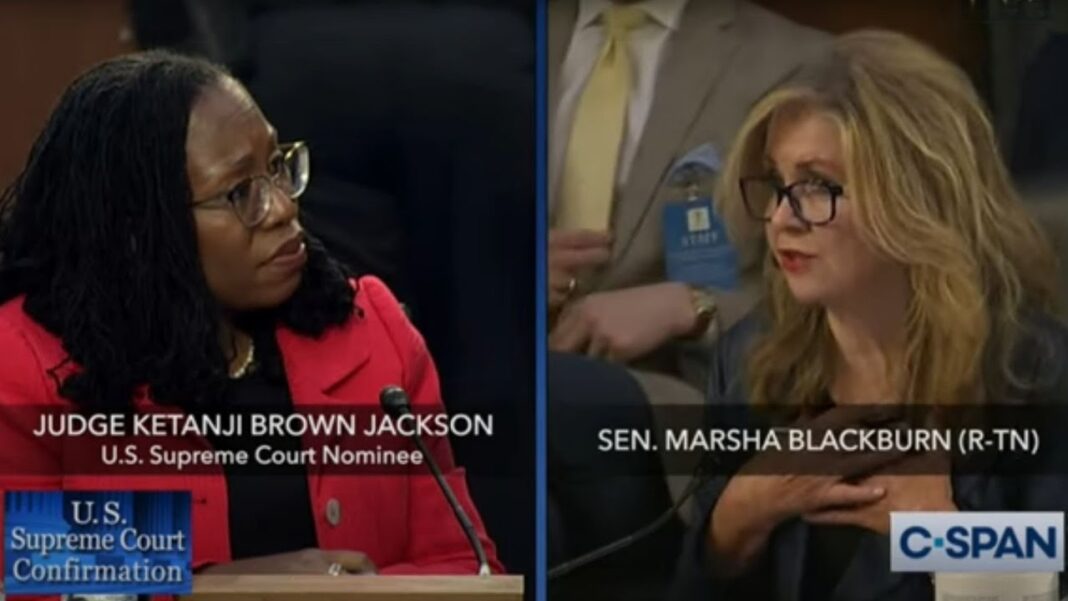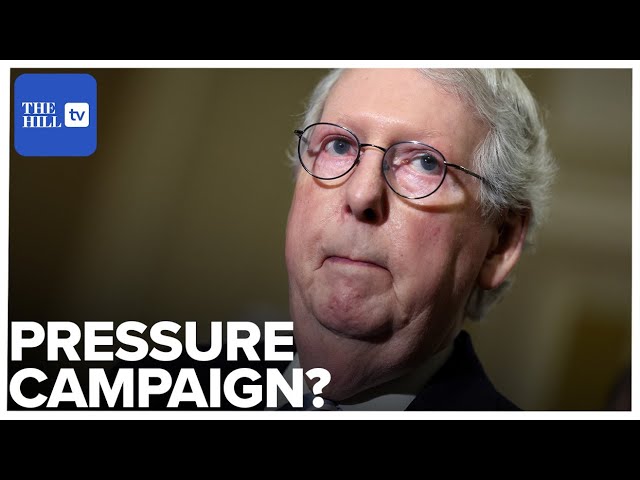Federal Reserve policymakers voted on Dec. 14 to raise the benchmark federal funds rate by 50 basis points to a target range of 4.25–4.5 percent, the highest level since late 2007.
The Fed’s policy-making arm, the Federal Open Market Committee (FOMC), has boosted interest rates seven times since March, totaling 425 basis points.
During a post-meeting press conference, Fed Chair Jerome Powell said there’s still a long way to go in the fight against inflation. Most officials now anticipate raising rates above 5 percent next year, which is higher than previously projected.
“I wouldn’t see us considering rate cuts until the committee is confident that inflation is moving down to 2 percent in a sustained way,” Powell said.
In order to establish the pace of rate hikes, the central bank will look at cumulative tightening, economic and financial developments, and policy lags.
“Recent indicators point to modest growth in spending and production. Job gains have been robust in recent months, and the unemployment rate has remained low. Inflation remains elevated, reflecting supply and demand imbalances related to the pandemic, higher food and energy prices, and broader price pressures,” the FOMC said in a statement.
“Russia’s war against Ukraine is causing tremendous human and economic hardship. The war and related events are contributing to upward pressure on inflation and are weighing on global economic activity. The committee is highly attentive to inflation risks.”
Each FOMC member voted for the December monetary policy action. The decision indicates a deceleration from the 75 basis-point pace observed in the four prior meetings.
“Of course, 50 basis points is still a historically large increase, and we still have some ways to go,” Powell said.
The FOMC also released the dot plot, a chart that records every Fed official’s projection for interest rates.
The central bank expects that interest rates will climb to 5.1 percent in 2023, up from 4.6 percent in September forecasts. The officials anticipate median interest rates to ease to 4.1 percent in 2024 and 3.1 percent in 2025. The fed funds rate will then slow to 2.5 percent.
By Andrew Moran







